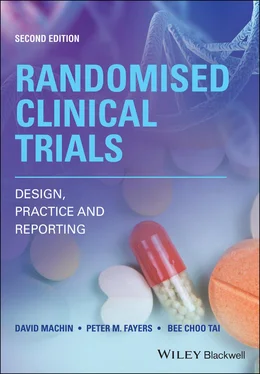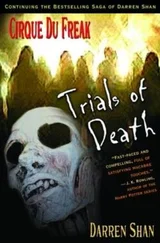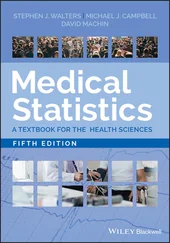1 ...8 9 10 12 13 14 ...28 One of the most famous clinical trials was that conducted by James Lind (1716–1794) in 1747. He compared the effects of various different acidic substances, ranging from vinegar to cider, on groups of sailors afflicted by scurvy and found that the group who were given oranges and lemons had largely recovered from their scurvy after 6 days. Somewhat later, Frederick Akbar Mahomed (1849–1884) founded the Collective Investigation Record for the British Medical Association. This organisation collated data from physicians practising outside the hospital setting and was an important precursor of modern collaborative clinical trials.
The conduct of clinical trials research is multidisciplinary in nature so that a team effort is always needed from the concept stage, through design, conduct, monitoring and reporting. This collaborative effort has led not only to medical developments in many areas but to developments of a more statistical nature. Thus, for those working in cancer and for whom survival was a key endpoint in the clinical trials the two seminal papers published by Peto, Pike, Armitage, et al . (1976, 1977) in the British Journal of Cancer marked a new era. These papers provided the template for key items essential to the design, conduct, analysis and reporting of randomised trials with emphasis on those requiring prolonged observation of each patient. In particular, these papers described the Kaplan and Meier (1958) estimate of the survival curve, logrank test and the stratified logrank test in such detail that any careful investigator could follow the necessary steps. A computer program (termed the Oxford program) had also been distributed (some time before the date of the publications themselves), and this allowed the methods suggested by the papers to be implemented. Certainly, for those working in data centres with responsibility for many (often reasonably large) trials, this program facilitated the analysis and helped to ensure that the ideas expressed in these articles were widely disseminated. These papers formed the basic text for those involved in clinical trials for many years and (besides making the ideas accessible to medical statisticians) their role in easing the acceptance of statistical ideas into the clinical community cannot be underestimated.
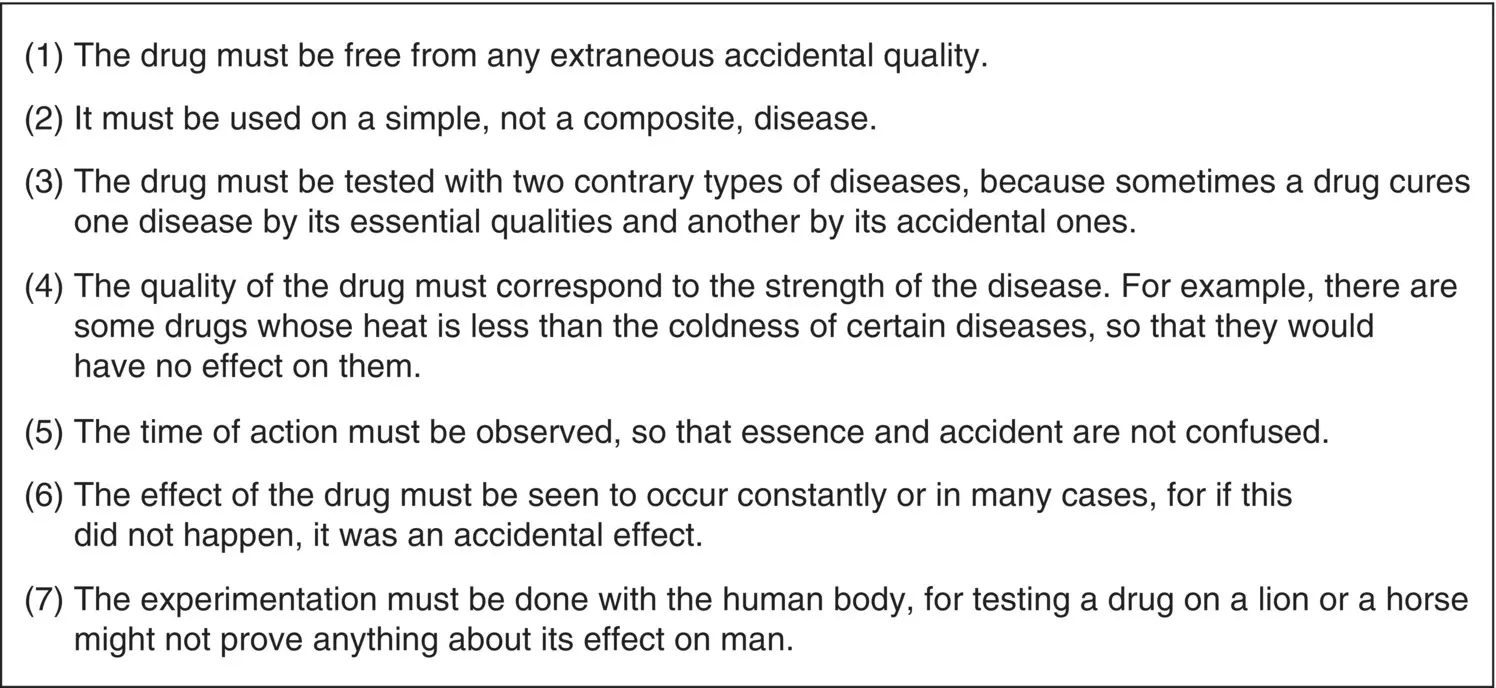
Figure 1.4Avicenna’s rules for the experimental use and testing of drugs
It should not go unnoticed that David Roxbee Cox was one of the authors of the seminal papers referred to above although his paper describing the proportional‐hazards regression model appeared some 4 years earlier (Cox, 1972). His paper was presented at a discussion meeting of the UK Royal Statistical Society and subsequently published in Series B of the Society’s journals. This journal deals with the more theoretical aspects of statistical research and does not make easy reading for many statisticians and would not be one to which clinical teams might readily refer. Despite this, this particular paper is probably one of the most cited papers in the medical literature. In brief, the methodology leads to easier analysis of trials with survival time endpoints that include stratification in their design and/or baseline patient characteristics at the time of randomisation which may affect prognosis.
As we have indicated, EBM requires that it is important to critically assess all the available evidence about whether an intervention works. Thus, systematic overviews have become a vital component of clinical trial research and are routinely applied before launching new trials as a means of confirming the need to carry out a clinical trial or after completing trials as a means of synthesising and summarising the current knowledge on the topic of interest. These reviews are the focal interest of the Cochrane Collaboration, and the associated handbook by Higgins, Thomas, Chandler, et al . (2019) provides the key to their implementation.
Some developments have not depended on technical advancement (although there are always some) such as the now standard practice of reporting confidence intervals rather than relying solely on p ‐values at the interpretation stage. Of major importance over this same time period has been the expansion in data processing capabilities and the range of analytical possibilities only made feasible by the amazing development in computer power. Despite many advances, the majority of randomised controlled trials remain simple in design – most often a two‐group comparison.
Although the focus of this book is on comparative, or Phase III, trials to establish the relative efficacy of the interventions under test, it should be recognised that these may be preceded by an often extensive research programme starting with the laboratory bench, moving to animal studies and then to early and later stage studies in man. Also once the Phase III stage itself is complete, there may be further studies initiated. Figure 1.5, taken from Campbell, Fitzpatrick, Haines, et al . (2000), succinctly summarises the pathway of the whole trial process.
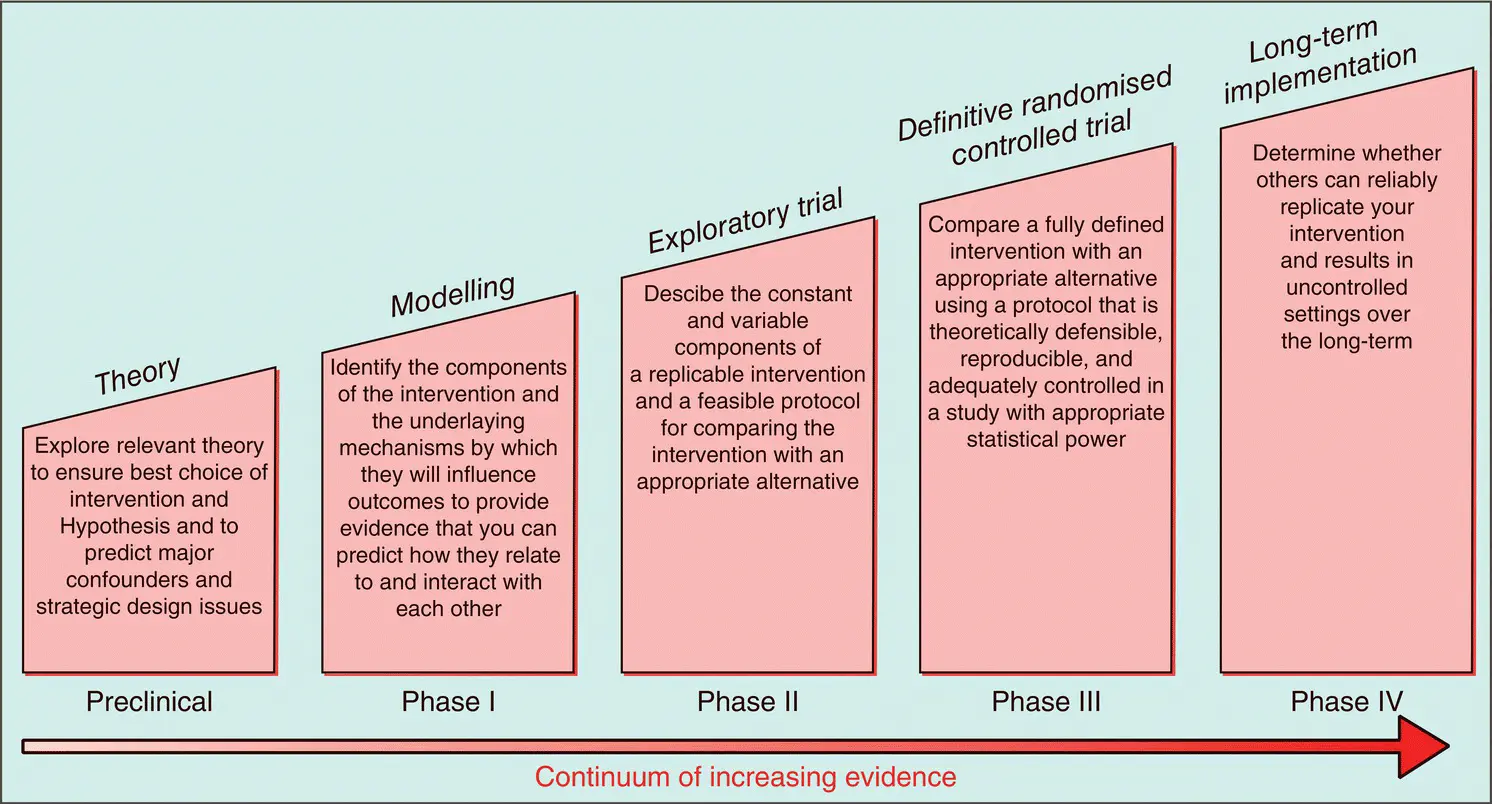
Figure 1.5Sequential phases of developing randomised controlled trials of complex interventions.
Source: Campbell, Fitzpatrick, Haines, et al ., (2000).
The steps range from studies to determine the pharmacokinetic profile of a drug in healthy volunteers (Preclinical) to establishing the appropriate dosage for use in man (Phase I), then the establishment of indications of activity (Phase II). However, some of these steps may be taken in parallel and even simultaneously in the same subjects.
These early studies are not usually randomised. However, studies conducted by Krishna, Anderson, Bergman, et al . (2007) on the effect of the cholesteryl ester transfer protein inhibitor, anacetrapib, on lipoproteins in patients with dyslipidaemia are described by them as ‘randomized’ and ‘phase I’. Randomised they undoubtedly are but their use of the Phase I nomenclature does not have an exact parallel in Figure 1.4. This highlights a difficulty when attempting to categorise trials using such a simple system. One may imagine that there will be clear stages in the development of a bioabsorbable coronary stent. These too will not exactly parallel those of drug development although they may well involve laboratory and animal studies. The single‐arm trial of Erbel, Di Mario, Bartunek, et al . (2007) may be considered as close to the Phase II type or a feasibility study of Chapter 19.
There are also parallels (although modifications will be necessary) for new approaches to, for example, surgical, radiotherapy or physiotherapy techniques, and combinations of different procedures. They also extend beyond merely therapeutic trials to planning, for example, trials comparing alternative forms of contraception in women and those evaluating alternative health promotion interventions. However, in some instances, such as in trials comparing educational packages, they may start at the full Phase III stage without involving the earlier phases.
Alternatively, comparative trials may evolve from questions arising in clinical practice and not from a specific development process. Thus, one may wish to compare different surgical timings, at 6 months or at 1 year of age, for reconstructive surgery in infants with cleft palate as is proposed in the trial conducted by Yeow, Young, Chen, et al . (2019).
Читать дальше
